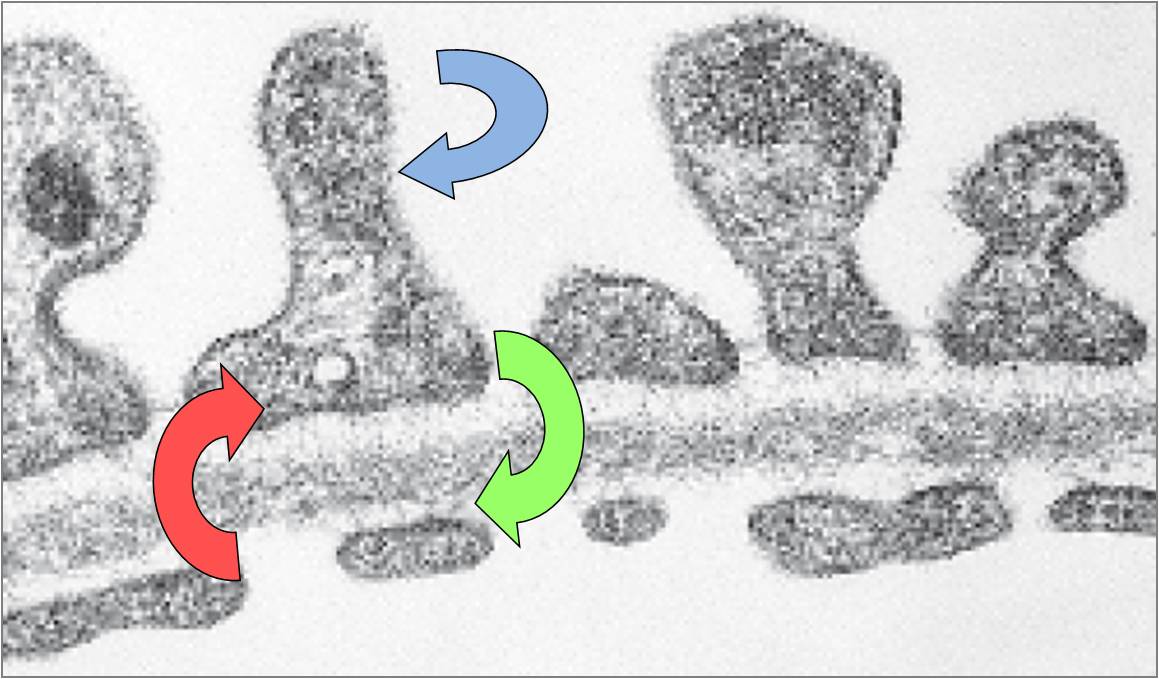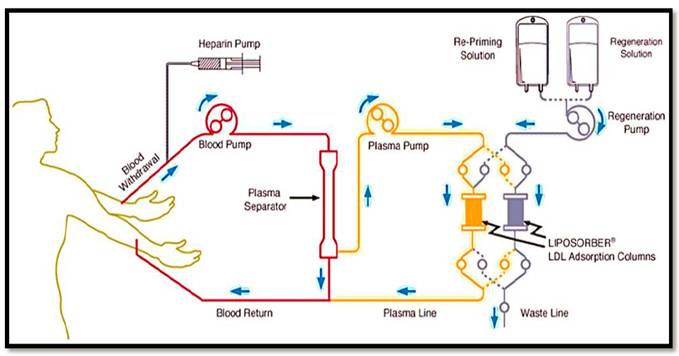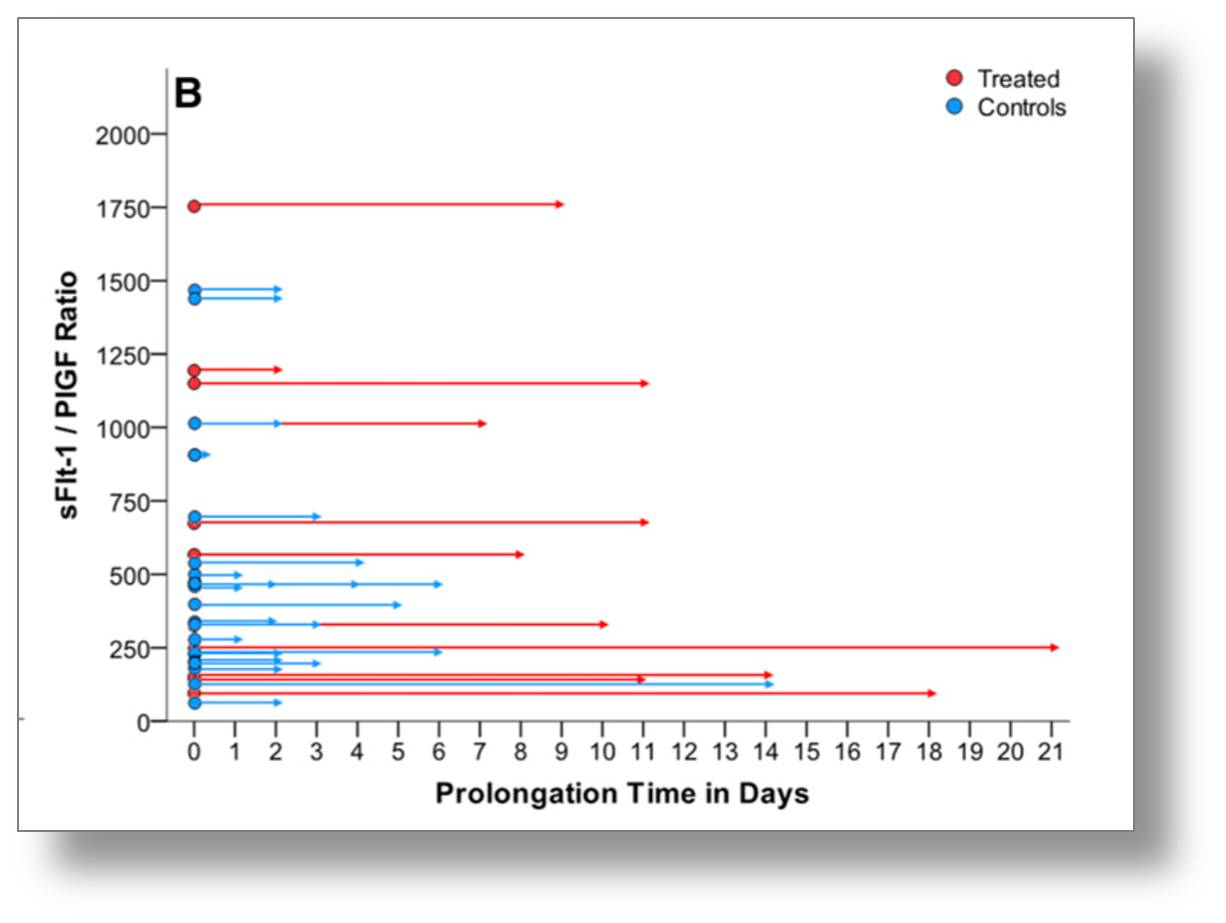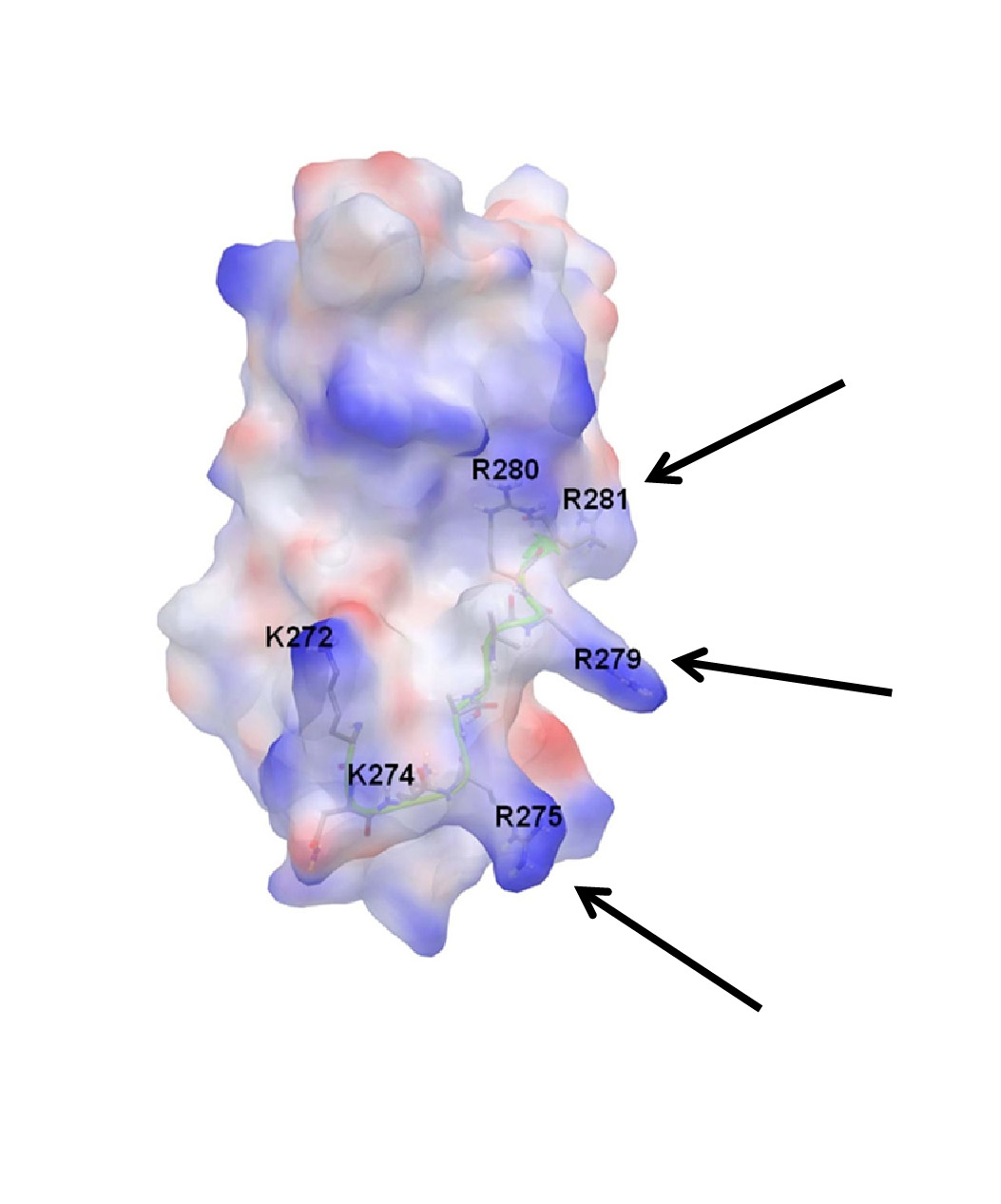CHANNELS
Henning Hagmann
Crosstalk of podocytes with the endothelium
Preeclampsia is a multisystem disorder occurring after the 20th week of gestation in 4-8% of all pregnancies. It is characterized by new onset hypertension and the loss of protein in the urine (proteinuria). The condition may progress to live-threatening HELLP-syndrome (Hemolysis, Elevated Liver enzymes, Low Platelets) or eclampsia. Despite all medical advances preeclampsia is still associated with considerable maternal and neonatal morbidity and mortality. Effective therapeutic and prophylactic measures for severe preeclampsia are lacking except for pre-mature termination of pregnancy.
Research of the last decade has boasted our understanding of the underlying pathophysiology of preeclampsia. It is now well established that an imbalance of angiogenic and anti-angiogenic factors leads to generalized endothelial dysfunction. The circulating decoy receptor, soluble VEGF-receptor 1 (sFlt-1) is excessively expressed by the placenta and secreted into the bloodstream. sFlt-1 scavenges pro-angiogenic factors like free VEGF and the VEGF-sub-family member PlGF (placental growth factor).
We have been transferring this new knowledge “bench-to-bedsite” to explore novel treatment strategies for preeclampsia. Amongst these are pilot studies on the safety and efficacy of removal of anti-angiogenic sFlt-1 from the maternal circulation by extracorporeal dextran-sulfate-apheresis. Positively charged sFlt-1 was efficiently and safely removed from the circulation of patients with preeclampsia resulting in prolongation of pregnancy and an encouraging trend towards an enhanced maternal and neonatal course with no significant additional risk originating from the intervention. We are now working on enhanced specificity of sFlt-1 apheresis and the clinical investigation of maternal and fetal endpoints during long term follow-up.
In addition we return “bedsite-to-bench” to understand the mechanisms behind the development of proteinuria in patients with preeclampsia. Proteinuria, an early symptom of preeclampsia, likely reflects the particular susceptibility of glomerular endothelial cells to the withdrawal of the VEGF-signal usually originating from the podocyte. The molecular cross-talk between podocytes and endothelial cells is cut off by sFlt-1. The glomerular endothelial cells become voluminous and occlude the lumen of the glomerular capillary (glomerular endotheliosis). We employ mouse models in state-of-the-art imaging techniques and omics to delineate how glomerular endotheliosis and altered glomerular hemodynamics as well as molecular signaling from the endothelium to the podocyte contribute to the proteinuria phenotype. In this regard preeclampsia may be an asset, since it helps us to better understand the kidney filter.




SELECTED PUBLICATIONS
Mangold, N., Pippin, J., Unnersjoe-Jess, D., Koehler, S., Shankland, S., Brahler, S., Schermer, B., Benzing, T., Brinkkoetter, P.T., and Hagmann, H. (2021) The Atypical Cyclin-Dependent Kinase 5 (Cdk5) Guards Podocytes from Apoptosis in Glomerular Disease While Being Dispensable for Podocyte Development. Cells, 10(9).
Matin, M., Morgelin, M., Stetefeld, J., Schermer, B., Brinkkoetter, P.T., Benzing, T., Koch, M., and Hagmann, H. (2020) Affinity-Enhanced Multimeric VEGF (Vascular Endothelial Growth Factor) and PlGF (Placental Growth Factor) Variants for Specific Adsorption of sFlt-1 to Restore Angiogenic Balance in Preeclampsia. Hypertension, 76(4): 1176-1184.
Brinkkoetter, P.T., Bork, T., Salou, S., Liang, W., Mizi, A., Ozel, C., Koehler, S., Hagmann, H.H., Ising, C., Kuczkowski, A., Schnyder, S., Abed, A., Schermer, B., Benzing, T., Kretz, O., Puelles, V.G., Lagies, S., Schlimpert, M., Kammerer, B., Handschin, C., Schell, C., and Huber, T.B. (2019) Anaerobic Glycolysis Maintains the Glomerular Filtration Barrier Independent of Mitochondrial Metabolism and Dynamics. Cell Rep, 27(5): 1551-1566 e5.
Hagmann, H., Mangold, N., Rinschen, M.M., Koenig, T., Kunzelmann, K., Schermer, B., Benzing, T., and Brinkkoetter, P.T. (2018) Proline-dependent and basophilic kinases phosphorylate human TRPC6 at serine 14 to control channel activity through increased membrane expression. FASEB J, 32(1): 208-219.
Hagmann, H. and Thadhani, R.I. (2017) Angiogenic Markers in Transition: Thinking Positive. Hypertension, 69(4): 578-579.
Thadhani, R., Hagmann, H., Schaarschmidt, W., Roth, B., Cingoez, T., Karumanchi, S.A., Wenger, J., Lucchesi, K.J., Tamez, H., Lindner, T., Fridman, A., Thome, U., Kribs, A., Danner, M., Hamacher, S., Mallmann, P., Stepan, H., and Benzing, T. (2016) Removal of Soluble Fms-Like Tyrosine Kinase-1 by Dextran Sulfate Apheresis in Preeclampsia. J Am Soc Nephrol, 27(3): 903-13.
Hagmann, H., Taniguchi, Y., Pippin, J.W., Kauerz, H.M., Benzing, T., Shankland, S.J., and Brinkkoetter, P.T. (2015) Cyclin I and p35 determine the subcellular distribution of Cdk5. Am J Physiol Cell Physiol, 308(4): C339-47.
Hagmann, H., Kuczkowski, A., Ruehl, M., Lamkemeyer, T., Brodesser, S., Horke, S., Dryer, S., Schermer, B., Benzing, T., and Brinkkoetter, P.T. (2014) Breaking the chain at the membrane: paraoxonase 2 counteracts lipid peroxidation at the plasma membrane. FASEB J, 28(4): 1769-79.
Hagmann, H., Bossung, V., Belaidi, A.A., Fridman, A., Karumanchi, S.A., Thadhani, R., Schermer, B., Mallmann, P., Schwarz, G., Benzing, T., and Brinkkoetter, P.T. (2014) Low-molecular weight heparin increases circulating sFlt-1 levels and enhances urinary elimination. PLoS One, 9(1): e85258.
Thadhani, R., Kisner, T., Hagmann, H., Bossung, V., Noack, S., Schaarschmidt, W., Jank, A., Kribs, A., Cornely, O.A., Kreyssig, C., Hemphill, L., Rigby, A.C., Khedkar, S., Lindner, T.H., Mallmann, P., Stepan, H., Karumanchi, S.A., and Benzing, T. (2011) Pilot study of extracorporeal removal of soluble fms-like tyrosine kinase 1 in preeclampsia. Circulation, 124(8): 940-50.

